[ENG]
There are many greenhouses in the Royal Botanic Gardens, Kew. I described the Palm House and the Princess of Wales Conservatory in two separate entries, and large greenhouses that deserve a separate entry include the Temperate House, a place where temperate climate plants grow. However, before writing more about Temperate House, I will quickly talk about these smaller Kew Garden greenhouses.
[PL]
W Królewskim Ogrodzie Botanicznym w Kew znajduje się wiele szklarni. Palmiarnię, oraz Konserwatorium Księżnej Walii opisałem w dwóch oddzielnych wpisach i z dużych szklarni zasługujących na oddzielny wpis zaliczyć można jeszcze Temperate House czyli miejsce w którym rosną rośliny klimatu umiarkowanego. Nim jednak napisze coś więcej o Temperate House w szybkim skrócie powiem o tych mniejszych szklarniach Kew Garden.
[ENG]
The most interesting of them is Davies Alpine House, which has high mountain vegetation. These are some of the most weather-resistant plants in the world. In natural conditions, they grow at altitudes where we will no longer find any trees because it is too cold and too windy there. Davies Alpine House was designed to ensure a dry, cool and windy climate inside and, as much as possible, to avoid the use of energy-intensive air conditioning and blowers. The structure is designed as two arches placed back to back, which is said to create the effect of a chimney that draws warm air out of the building, and draws this air out by being displaced by cool air coming from the vast concrete basements located underground. The greenhouses were opened in 2006 and since then the building has won many awards because it combines traditional function with the latest technology. In one word, a greenhouse for the 21st century.
[PL]
Najciekawsza z nich to Davies Alpine House w której znajduje się roślinność wysoko górska. Są to jedne z najbardziej odpornych na warunki atmosferyczne roślin na świecie. W naturalnych warunkach rosną na wysokościach, na których nie znajdziemy już żadnych drzew ponieważ jest tam zbyt zimno i zbyt wietrznie. Davies Alpine House zaprojektowano tak, aby wewnątrz panował suchy, chłodny i wietrzny klimat i w możliwie największym stopniu nie wymagało to stosowania energochłonnej klimatyzacji i nadmuchów. Konstrukcja, pomyślana jest jako dwa łuki ustawione tyłem do siebie, co ponoć ma tworzyć efekt komina, który wyciąga ciepłe powietrze z budynku, a wyciąga to powietrze dzięki temu, że jest wypierane przez chłodne powietrze pochodzące z rozległych betonowych piwnic znajdujących się pod ziemią. Szklarnie otwarto w roku 2006 i od tego czasu budynek zdobył wiele nagród ponieważ łączy tradycyjną funkcję z najnowszą technologią. Jednym s łowem szklarnia na miarę XXI wieku.
[ENG]
Another interesting greenhouse is the tiny, square Waterlily House. In its center there is a circular pool with a diameter of 10 meters in which a huge Amazonian water lily (Victoria amazonica) swims. Waterlily House was built in 1852. In the greenhouse, the pool water is dyed black for one main and one secondary reason. Thanks to the black color of the water, the growth of algae is significantly slowed down and allows the tank to remain cleaner. Moreover, multi-colored flowers look much better on a black surface of water.
[PL]
Kolejną interesującą szklarnią jest malutka kwadratowa Waterlily House. W jej środku znajduje się okrągły basen o średnicy 10 metrów w którym pływa sobie ogromna amazońska lilia wodna (Victoria amazonica). Waterlily House została zabudowana w 1852 roku. W szklarni w basenie woda jest farbowana na kolor czarny, co ma jedną główną i jedna poboczną przyczynę. Dzięki czarnemu zabarwieniu wody zdecydowanie spowolniony jest rozwój glonów i pozwala to na zachowanie większej czystości w zbiorniku. Poza tym wielobarwne kwiaty dużo lepiej prezentują się na czarnej tafli wody.
[ENG]
The next greenhouse is the Bonsai greenhouse, but unfortunately I am not an expert in the art of bonsai, so I do not want to make a substantive assessment of the trees displayed there. One thing that surprised me was that it is possible to make a maple Bonsai tree. It was definitely not an ordinary sycamore maple, but a special variety, but it really surprised me.
[PL]
Kolejna szklarnia to szklarnia Bonsai no ale niestety znawca sztuki bonsai nie jestem wiec ocenę merytoryczna wystawionych tam drzewek nie chce się podejmować. Zdziwiło mnie jedno, że da się zrobić drzewko Bonsai klonu. Na pewno nie był to jakiś zwykły pospolity Klon jawor, tylko jakaś szczególna odmiana, jednak mocno mnie to zaskoczyło.
[ENG]
The largest historic greenhouse in the KEW Botanical Garden is the Temperate House, opened in May 1863. Although all construction works were completed only in 1899. The rectangular structure with sloping roofs is based on wrought iron pillars and was designed by Decimus Burton and Richard Turner. Structural elements such as cornices, finials and capitals are decorated with plant motifs, which significantly improves the aesthetics of the greenhouse.
The largest plants typical of temperate climates are presented there, including 1,200 species from Africa, Asia, Australia and both Americas.
[PL]
Największa historyczną szklarnią w Ogrodzie Botanicznym KEW jest Temperate House, otwarty w maju 1863 roku. Choć całość prac budowlanych zakończono dopiero w roku 1899. Prostokątna konstrukcja ze spadzistymi dachami oparta jest na filarach z kutego żelaza została zaprojektowana przez Decimus Burtona i Richard Turnera. Elementy konstrukcyjne takie ja gzymsy, zwieńczenia, kapitele są ozdobione motywami roślinnymi co zdecydowanie poprawia estetykę szklarni.
Prezentowane są tam największe rośliny charakterystyczne na klimatu umiarkowanegołącznie wewnątrz można znaleźć 1200 gatunków z Afryki, Azji, Australi oraz obu Ameryk.
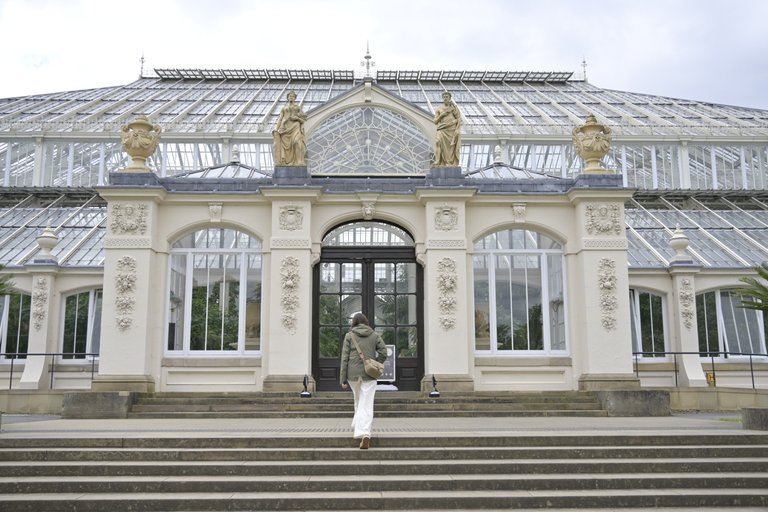

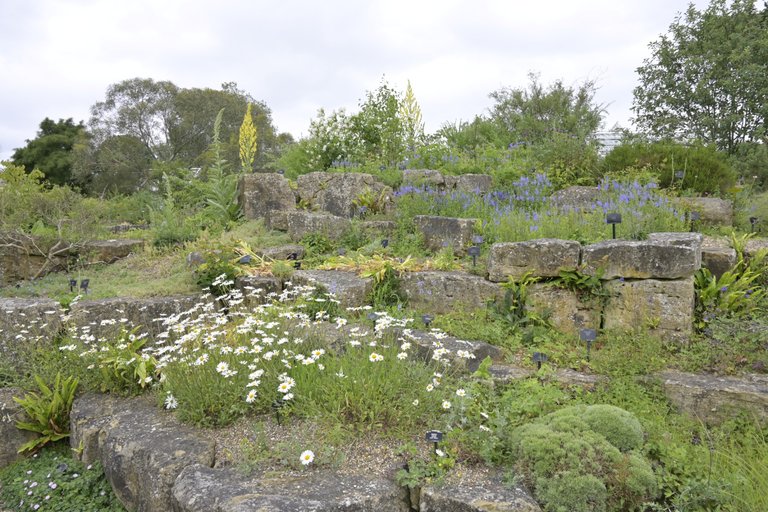
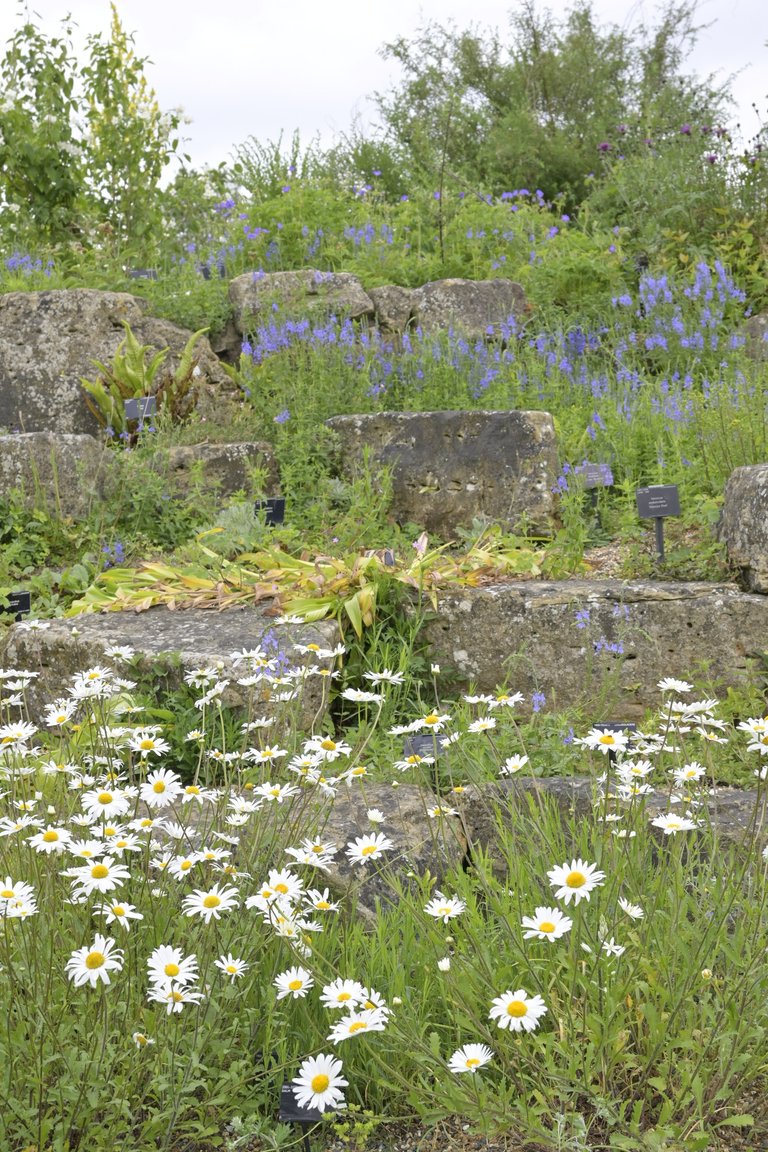
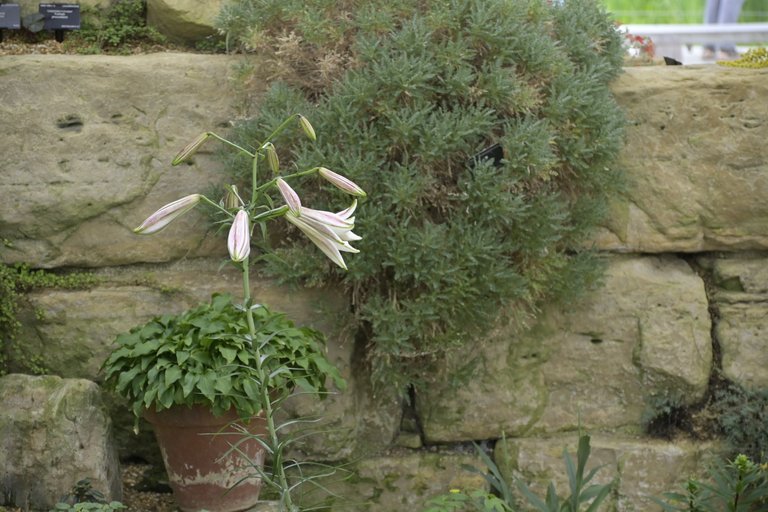
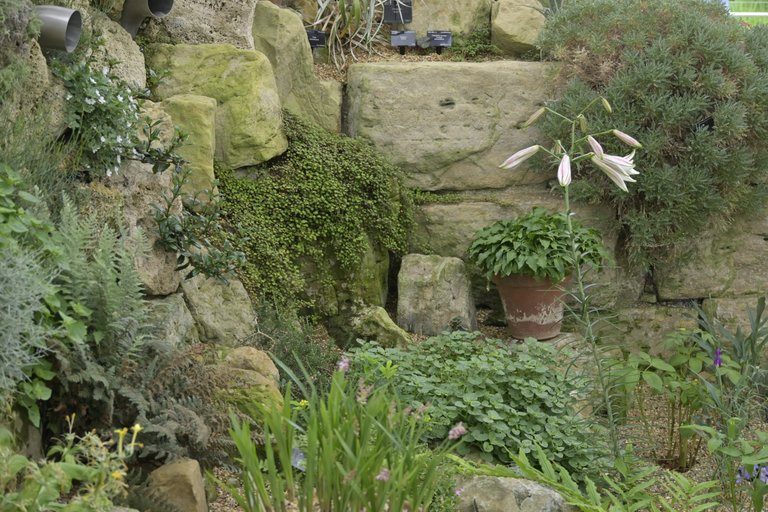


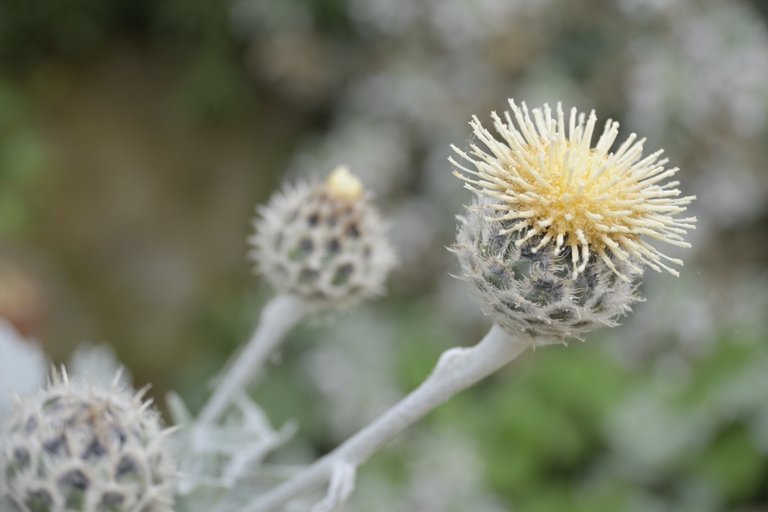

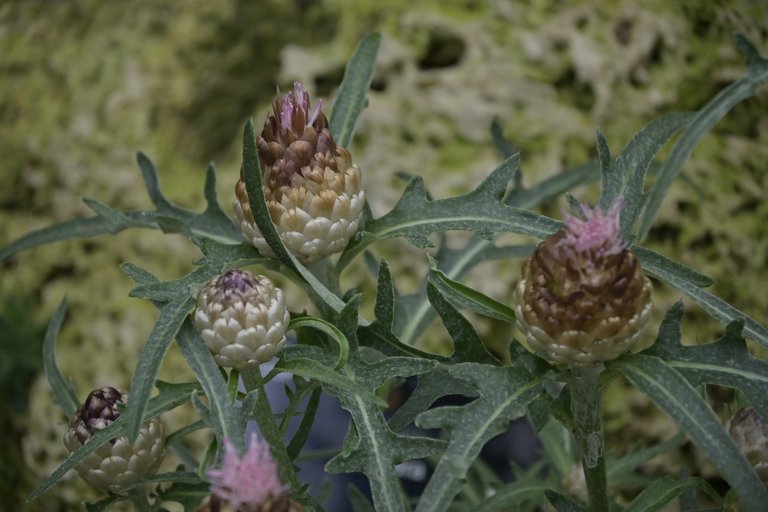

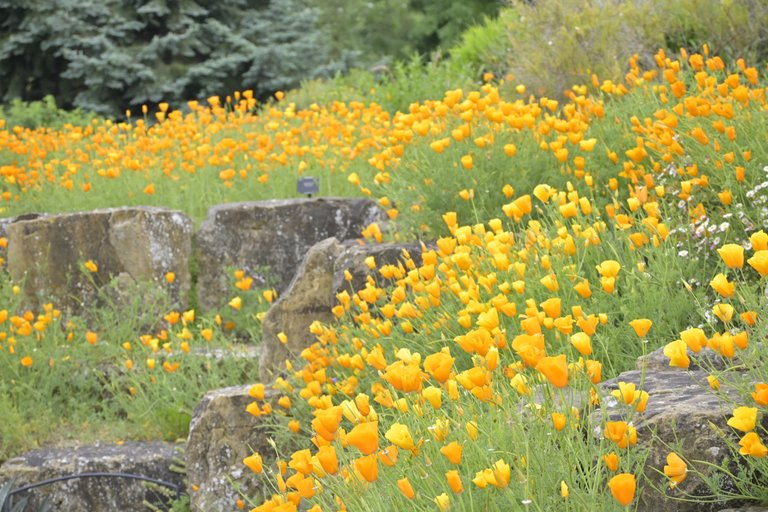
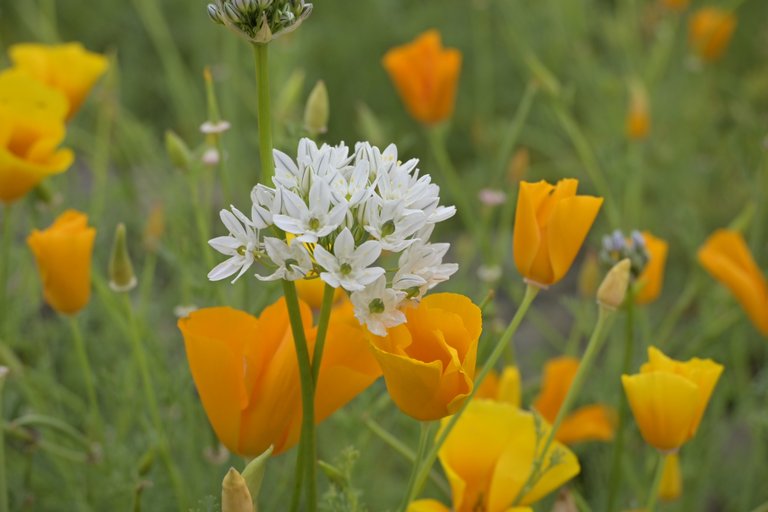
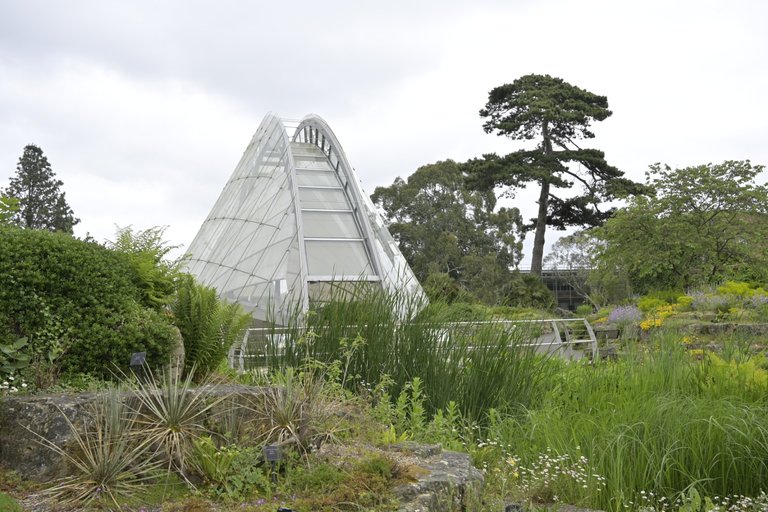
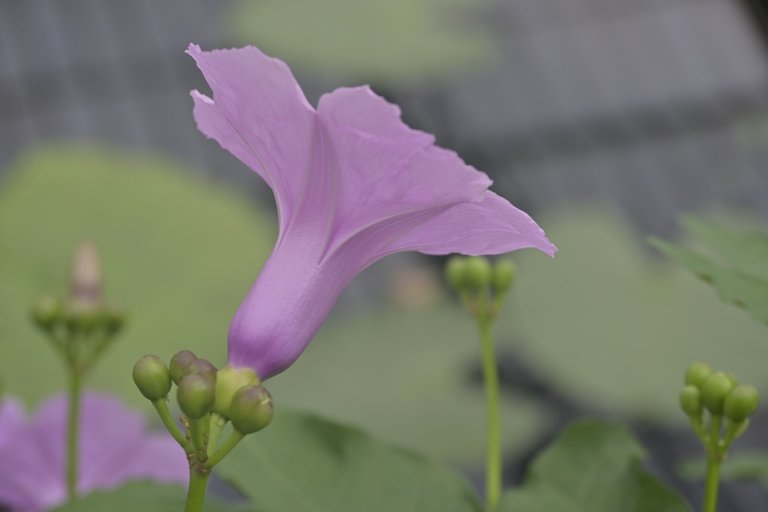
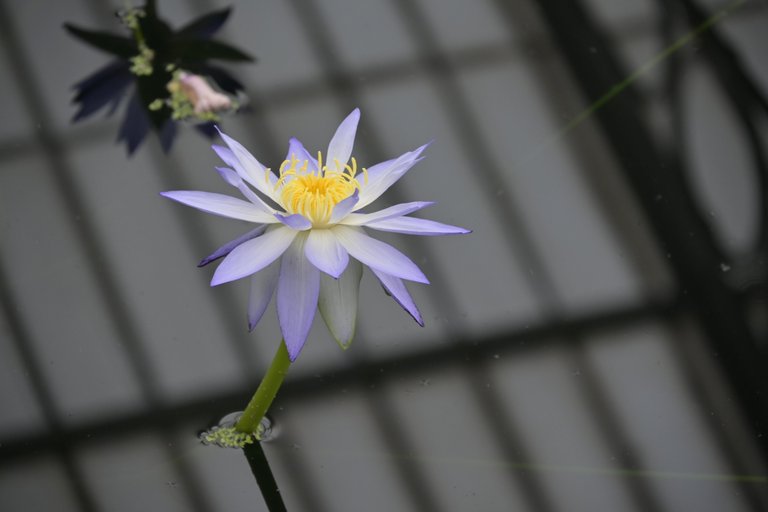
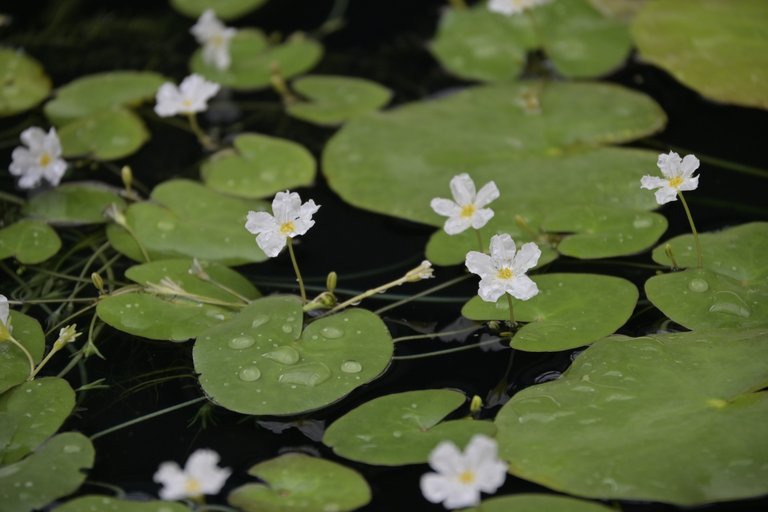

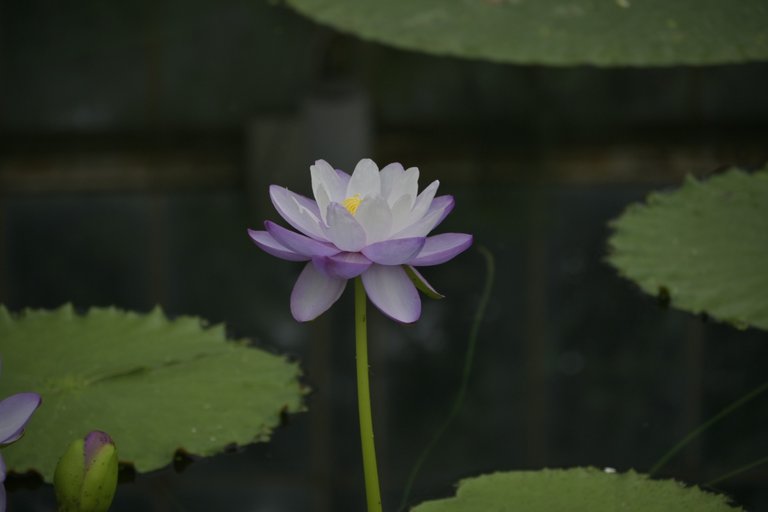
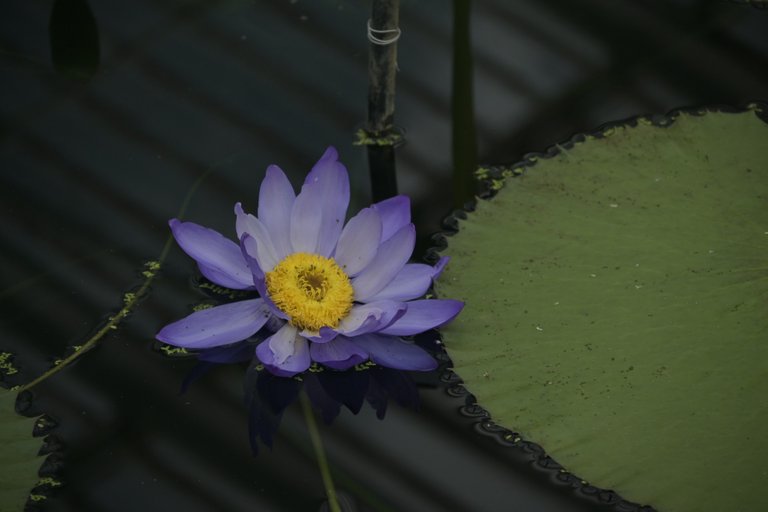
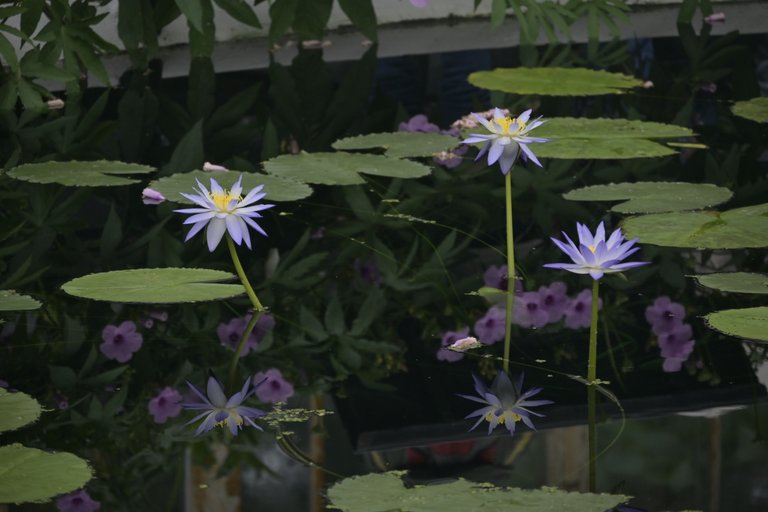
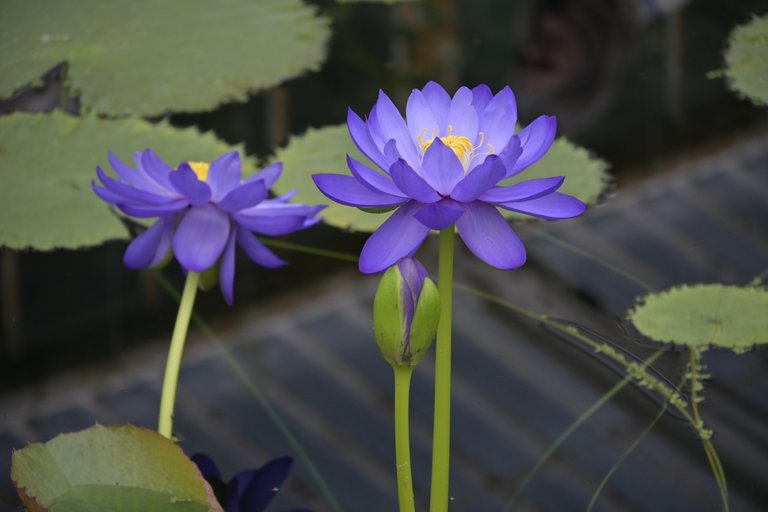
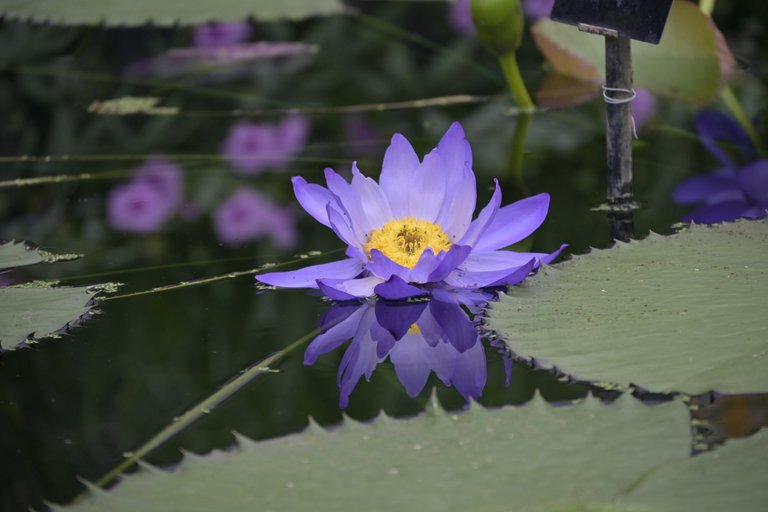
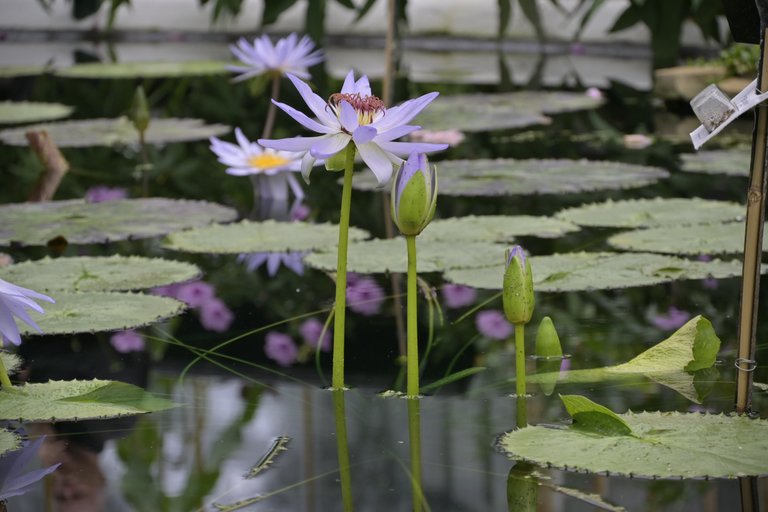
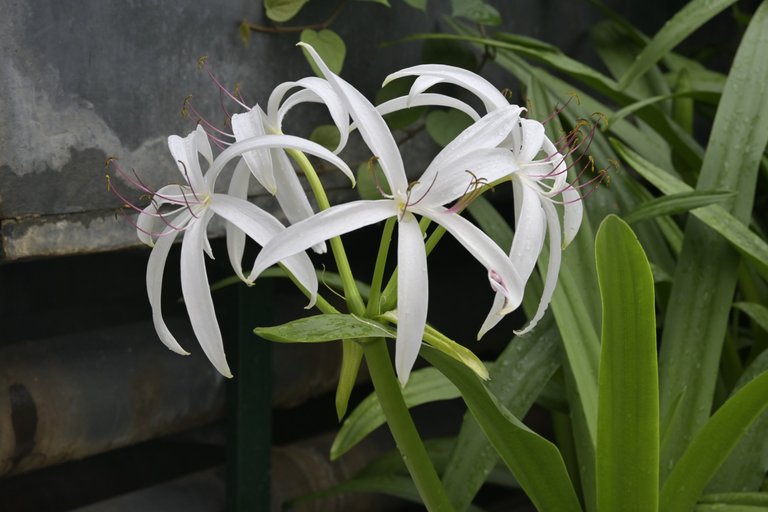
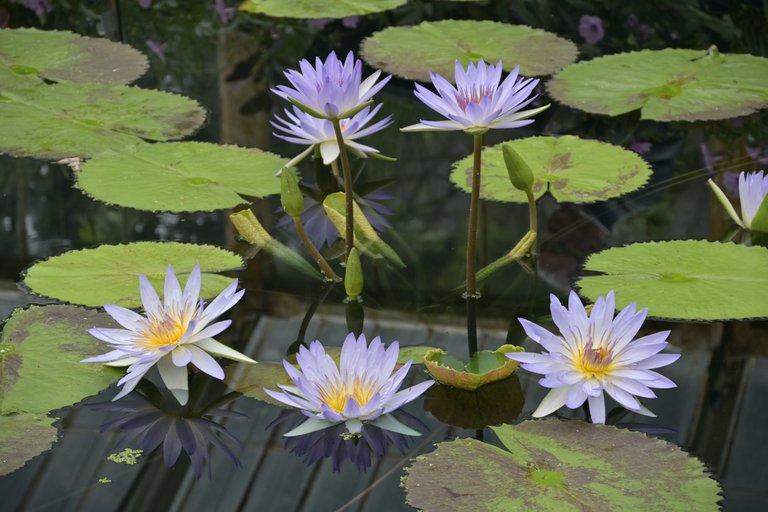
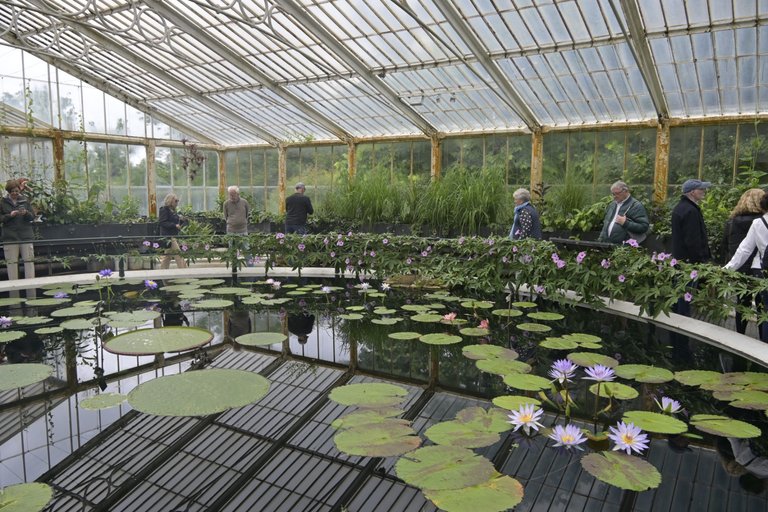
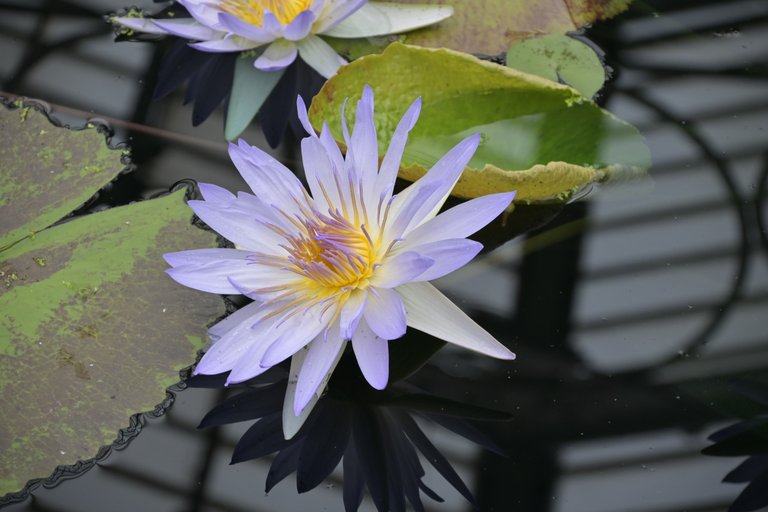
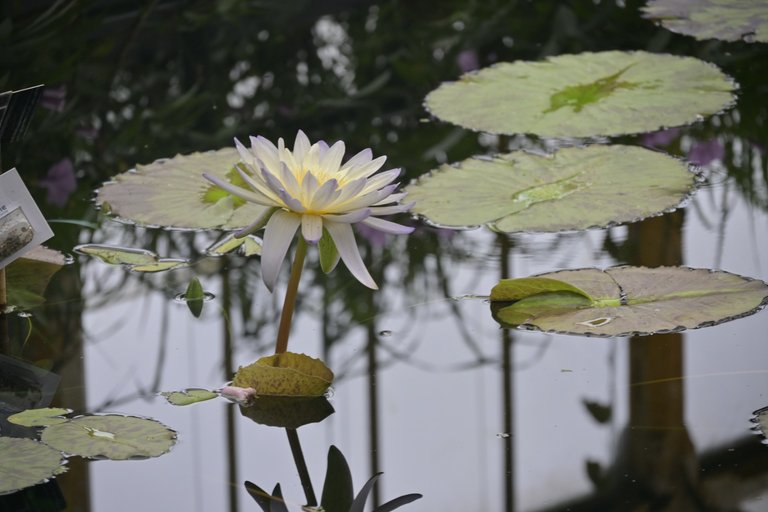

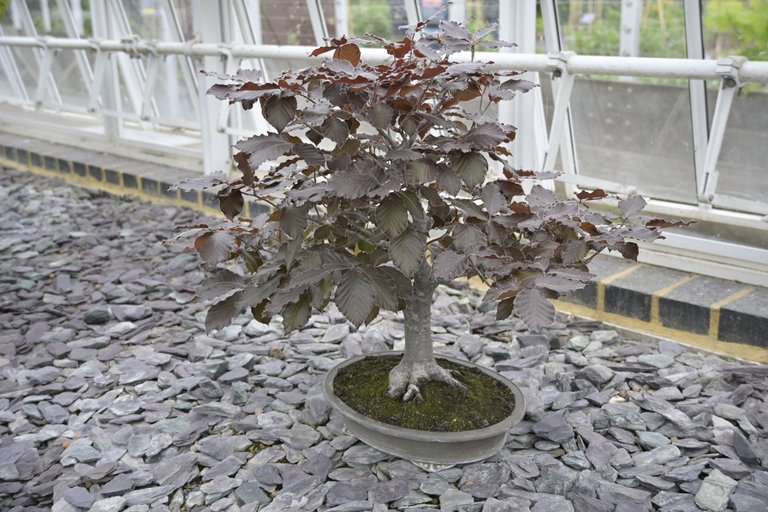
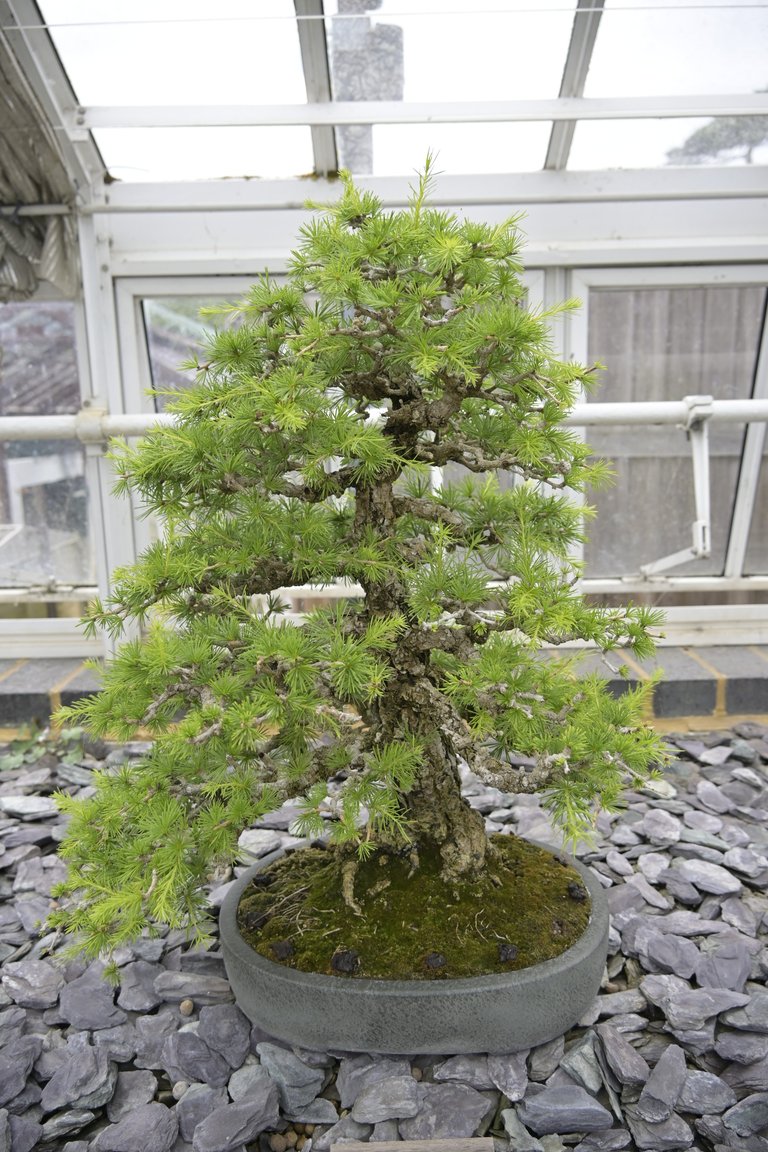
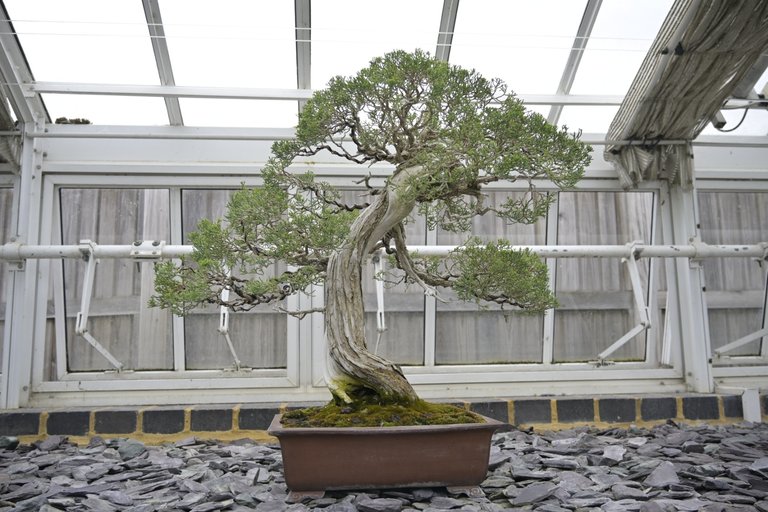
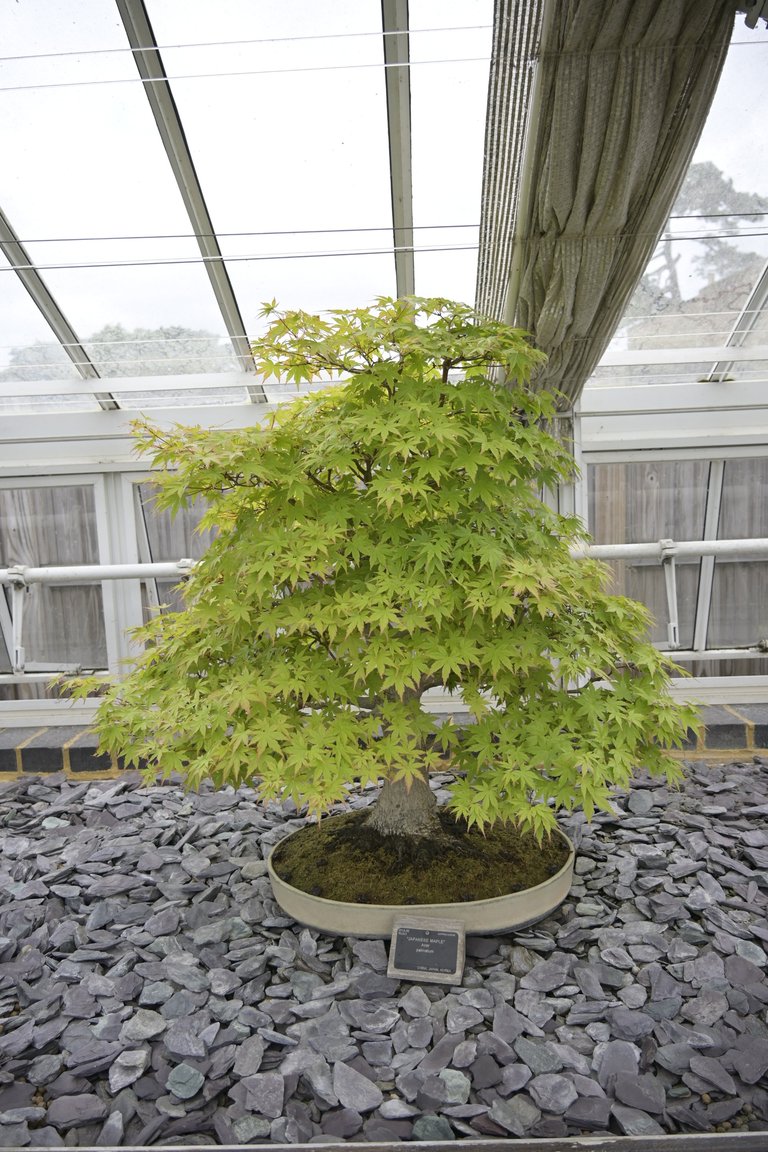

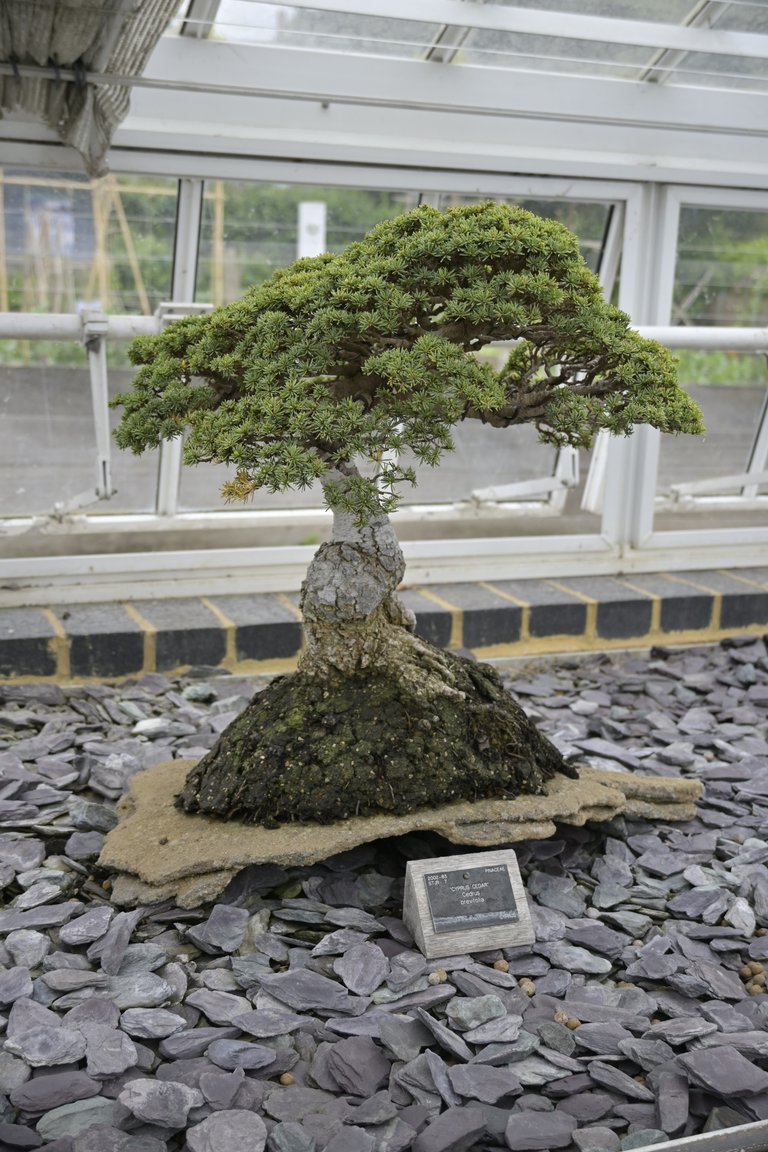

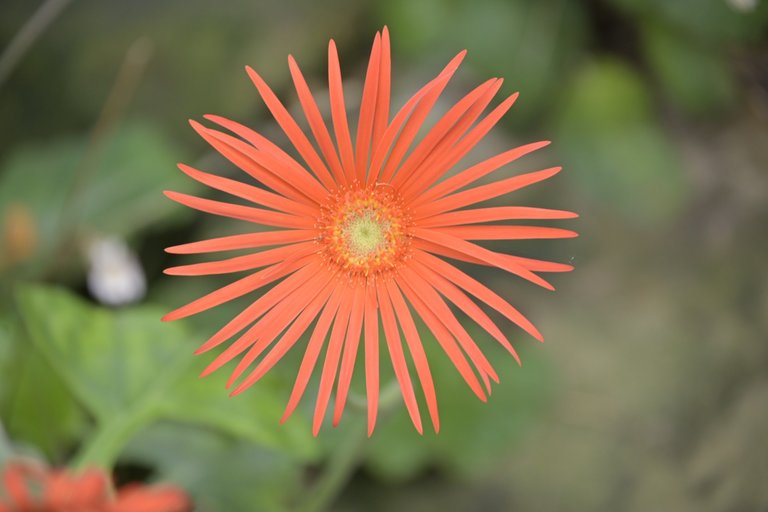
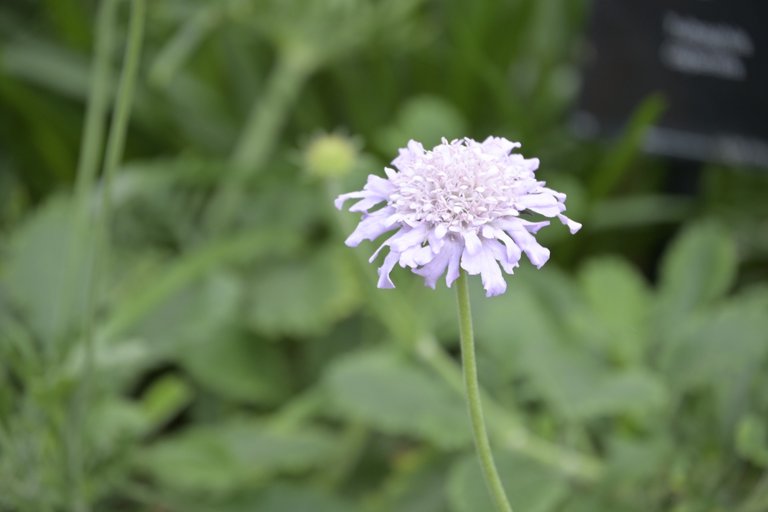
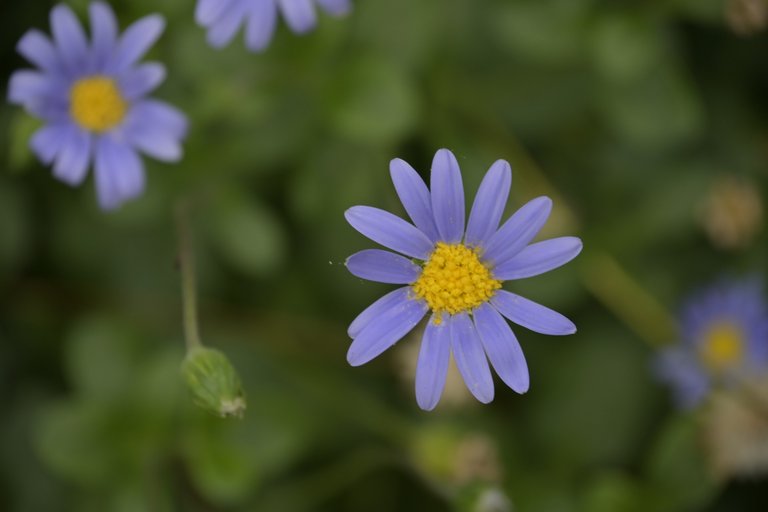
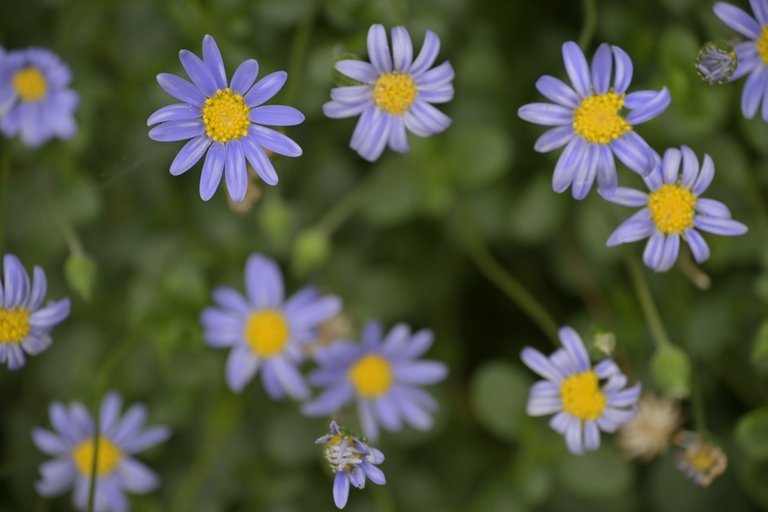
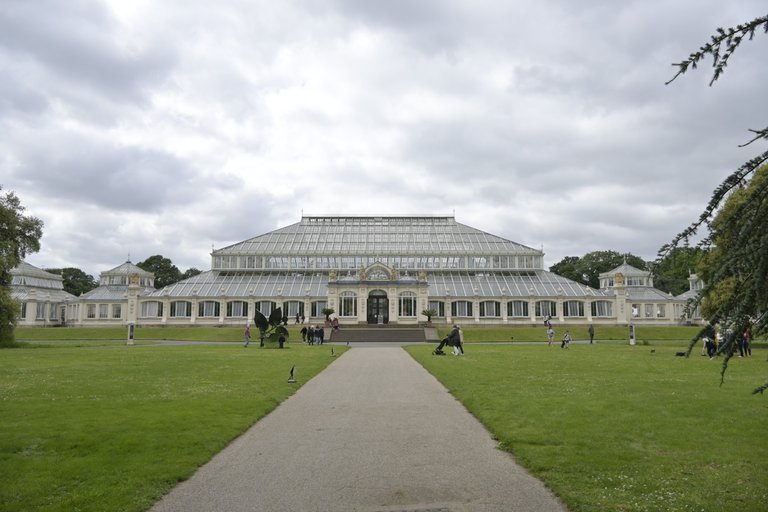
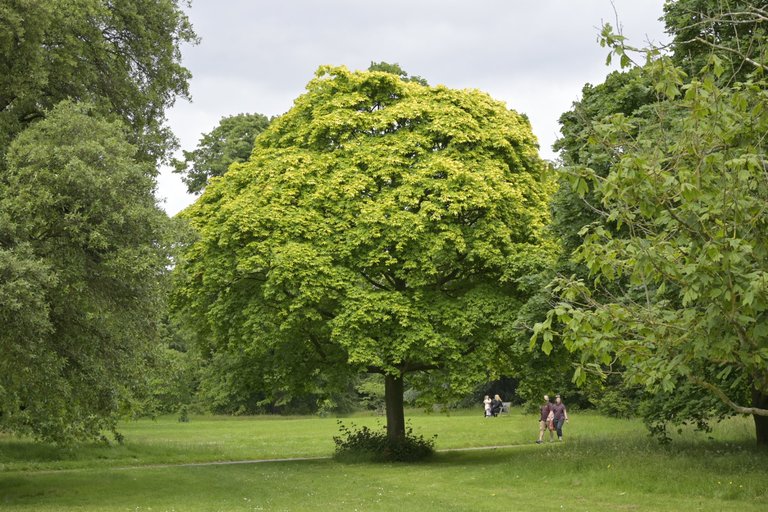
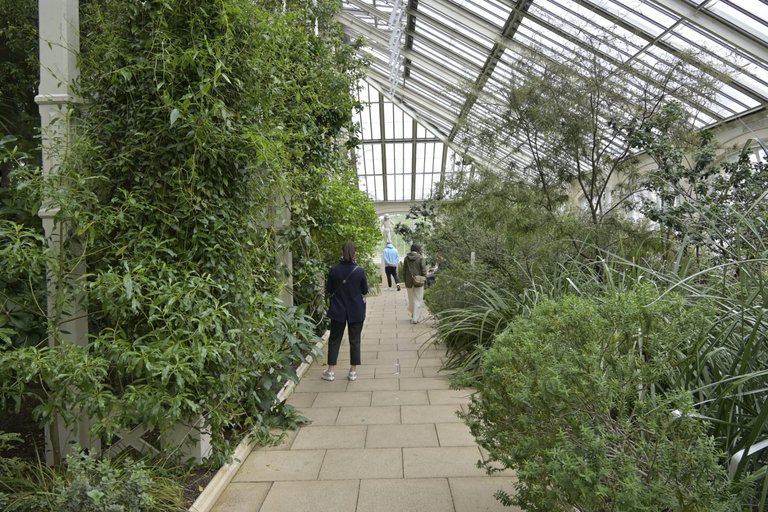

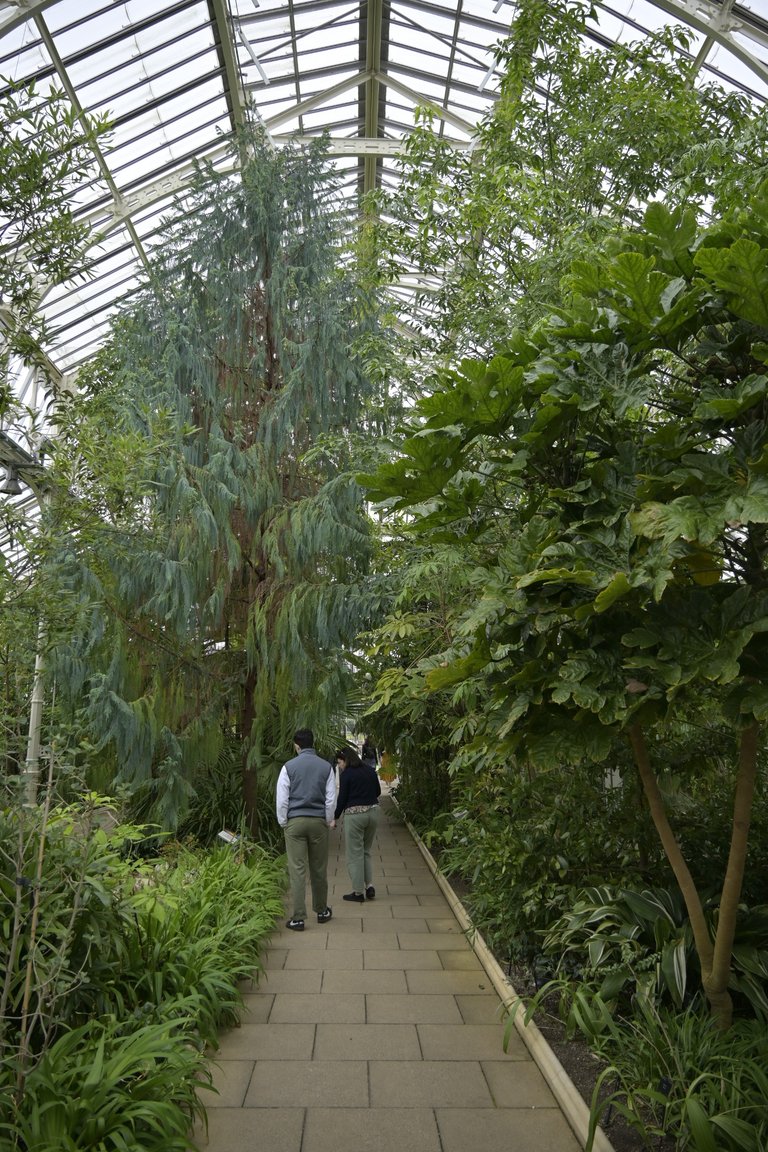
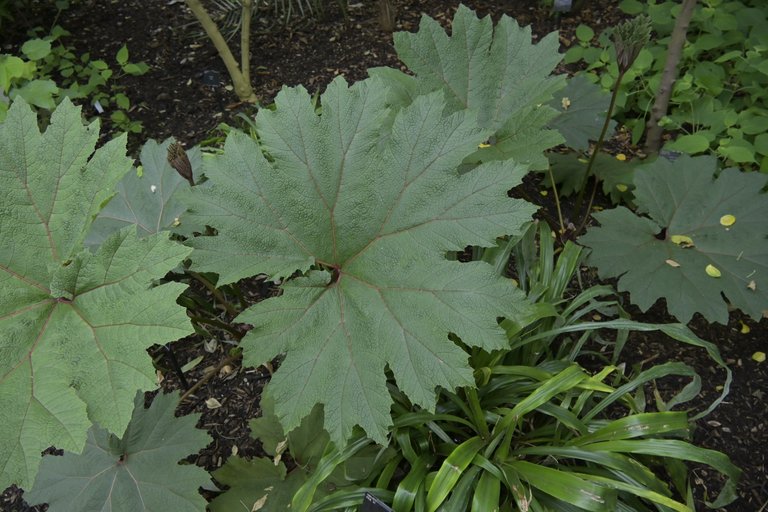
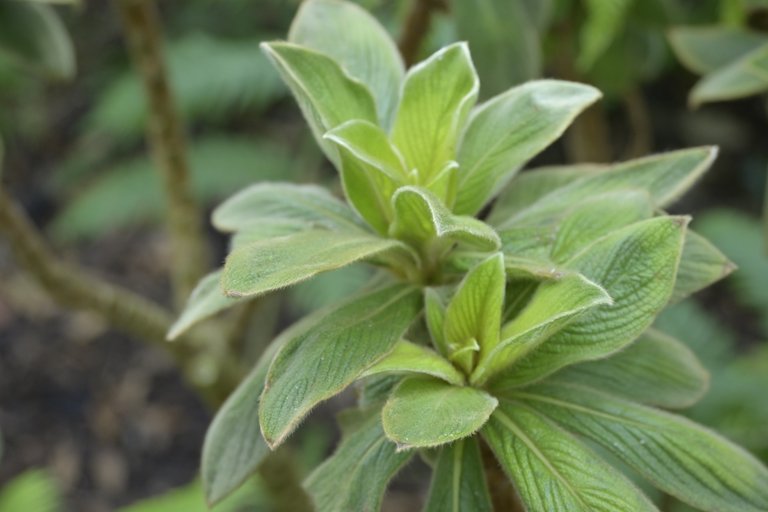

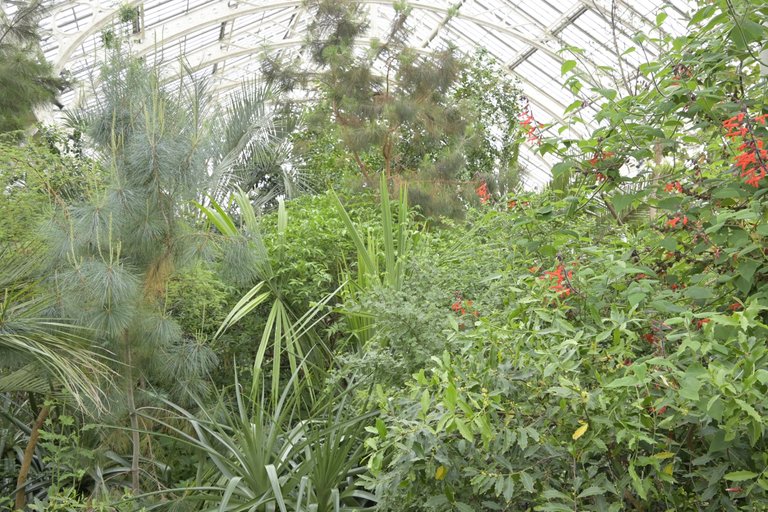
Bonsai Greenhouse is my favourite! Funny how a few days ago I was googling about an exhibition or house that collects bonsais in my area and was so sad to find out there is none. I love this species of plant so badly!
Hello @olusiu! What a great sight! The plants are stunning and the place looks great as well. ☺️
Congratulations, your post has been added to the TravelFeed Map! 🎉🥳🌴
Did you know you have your own profile map?
And every post has their own map too!
Want to have your post on the map too?
- Go to TravelFeed Map
- Click the create pin button
- Drag the marker to where your post should be. Zoom in if needed or use the search bar (top right).
- Copy and paste the generated code in your post (any Hive frontend)
- Or login with Hive Keychain or Hivesigner and click "create post" to post to Hive directly from TravelFeed
- Congrats, your post is now on the map!
PS: You can import your previous Pinmapple posts to the TravelFeed map.Opt Out
Congratulations, your post has been added to WorldMapPin! 🎉
Did you know you have your own profile map?
And every post has their own map too!
Want to have your post on the map too?
👏 Keep Up the good work on Hive ♦️ 👏
❤️ @equipodelta suggested sagarkothari88 to upvote your post ❤️
🙏 Don't forget to Support Back 🙏
Congratulations @olusiu! You received the biggest smile and some love from TravelFeed! Keep up the amazing blog. 😍 Your post was also chosen as top pick of the day and is now featured on the TravelFeed front page.
Thanks for using TravelFeed!
@for91days (TravelFeed team)
PS: Why not share your blog posts to your family and friends with the convenient sharing buttons on TravelFeed?
Hiya, @ybanezkim26 here, just swinging by to let you know that this post made it into our Honorable Mentions in Travel Digest #2261.
Your post has been manually curated by the @worldmappin team. If you like what we're doing, please drop by to check out all the rest of today's great posts and consider supporting other authors like yourself and us so we can keep the project going!
Become part of our travel community:
Hello olusiu!
It's nice to let you know that your article won 🥉 place.
Your post is among the best articles voted 7 days ago by the @hive-lu | King Lucoin Curator by szejq
You and your curator receive 0.0876 Lu (Lucoin) investment token and a 5.36% share of the reward from Daily Report 365. Additionally, you can also receive a unique LUBROWN token for taking 3rd place. All you need to do is reblog this report of the day with your winnings.
Buy Lu on the Hive-Engine exchange | World of Lu created by @szejq
STOPor to resume write a wordSTART